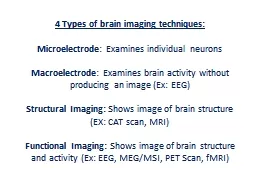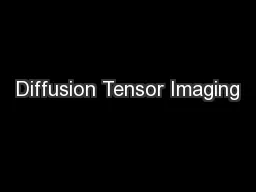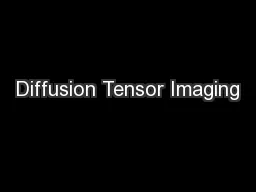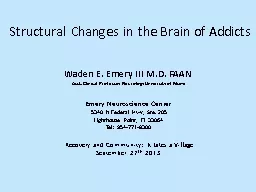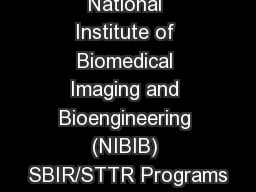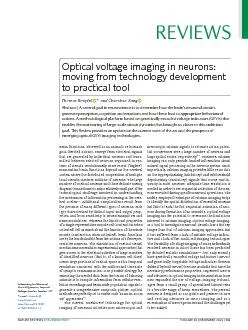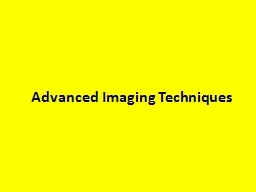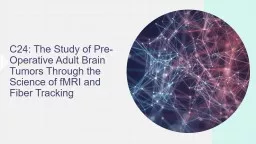PPT-4 Types of brain imaging techniques:
Author : natalia-silvester | Published Date : 2017-10-06
Microelectrode Examines individual neurons Macroelectrode Examines brain activity without producing an image Ex EEG Structural Imaging Shows image of brain structure
Presentation Embed Code
Download Presentation
Download Presentation The PPT/PDF document "4 Types of brain imaging techniques:" is the property of its rightful owner. Permission is granted to download and print the materials on this website for personal, non-commercial use only, and to display it on your personal computer provided you do not modify the materials and that you retain all copyright notices contained in the materials. By downloading content from our website, you accept the terms of this agreement.
4 Types of brain imaging techniques:: Transcript
Download Rules Of Document
"4 Types of brain imaging techniques:"The content belongs to its owner. You may download and print it for personal use, without modification, and keep all copyright notices. By downloading, you agree to these terms.
Related Documents

